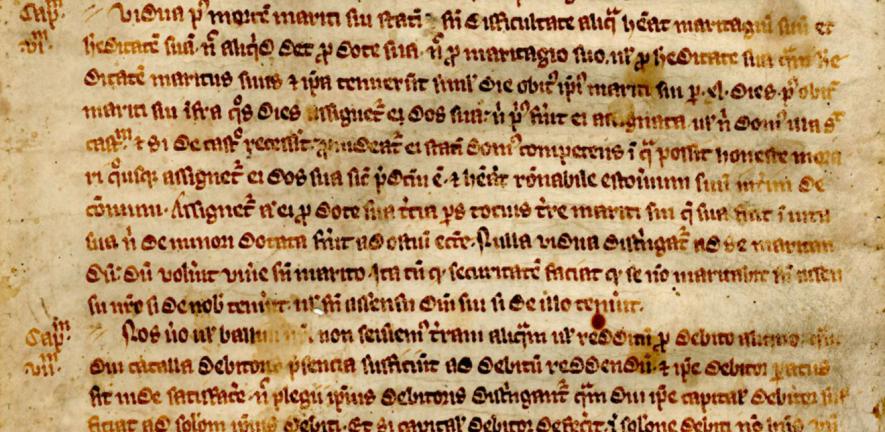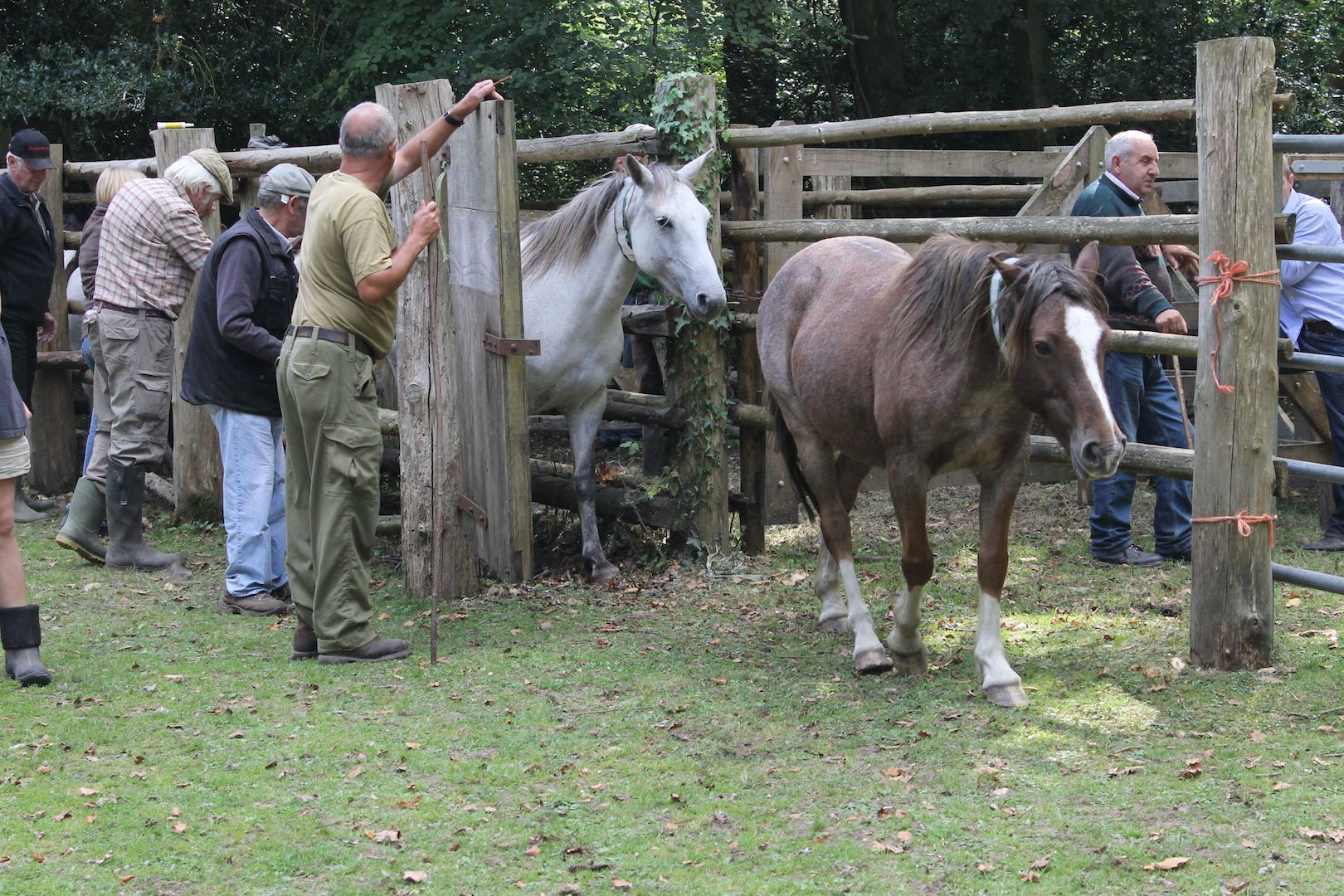
Magna carta was issued on 12th June 1215.
In London recently (February 2015) was held an event so momentous that over 40,000 people entered a public ballot in order to be present. The four surviving original copies of the 1215AD Magna Carta were brought together for the first time. Also known as Magna Carta Libertatum or ‘the Great Charter of the Liberties’ it is a powerful manuscript that has inspired a number of other documents, including the US Constitution and the Universal Declaration of Human Rights. Magna Carta is considered to be the blueprint for constitutional democracy and was designed to protect life, liberty and property. It was a radical document, which outlined the basic principle that no one was above the law, including the King. It was drafted as a remedy against the rule of bad King John (1166-1216) who just five years into his reign had lost the ancestral lands of Normandy, Anjou, Maine and parts of Poitou, earning him the nickname ‘John Lackland’. His attempts to win them back through warfare demanded huge sums of money and increasingly ruthless methods of raising it. Taxes soared and he began to exert his feudal rights mercilessly.
Magna Carta
But Magna Carta was not the first document in English history that attempted to reconcile a bad king’s rule with justice. Henry I, the forth son of William the Conqueror, set a precedent on his accession to the throne in 1100AD by issuing a royal proclamation – the Coronation Edict. The Coronation Edict was regarded as wooing for baronial support and atonement for the past abuses of his predecessor and brother William II, Rufus the Red, who was killed in the New Forest in a hunting ‘accident’. According to the Anglo-Saxon Chronicles William II was “hated by almost all his people and abhorrent to God.” Henry I’s Coronation Edict specified a number of rights including the right of the church to be exempt from certain forms of taxation; the right of heirs to assume possession of property left to them, without having to pay excessive “relief”; and the right of widows to retain land and their dowries. Over a hundred years later, when the barons and the church fell into dispute with King John, the Archbishop of Canterbury, Stephen Langton, rediscovered the Coronation Edict and the idea of a new and improved document was seized upon.
Charter of the Forest
After the issue of Magna Carta, in 1215, the Charter of the Forest 1217 was also produced. It was complimentary to the original charter, but where Magna Carta established rights for the barons the Charter of the Forest gave real rights and freedoms to ordinary citizens. It is often known as the ‘Commoner’s Charter’ because it relaxed some of the extremes of Forest Law, such as the death penalty or mutilation for killing a deer, and made provision for the economic protection of free men, who depended upon the Forest to graze their stock and utilise many of its natural resources. The Charter of the Forest codified local law and customs, which was much more practical to ordinary people than setting the limits of royal authority. Because of this the Commoner’s Charter was in use for over 400 years. In fact section 1(1) of the Charter was repealed only in 1971 by the Wild Creatures and Forest Laws Act. The Act abolished ‘any prerogative right of Her Majesty to wild creatures… together with any prerogative right to set aside land or water for the breeding, support or taking of wild creatures; and any franchises of forest, free chase, park or free warren’ thus effectively ending Forest Law.



You must be logged in to post a comment.